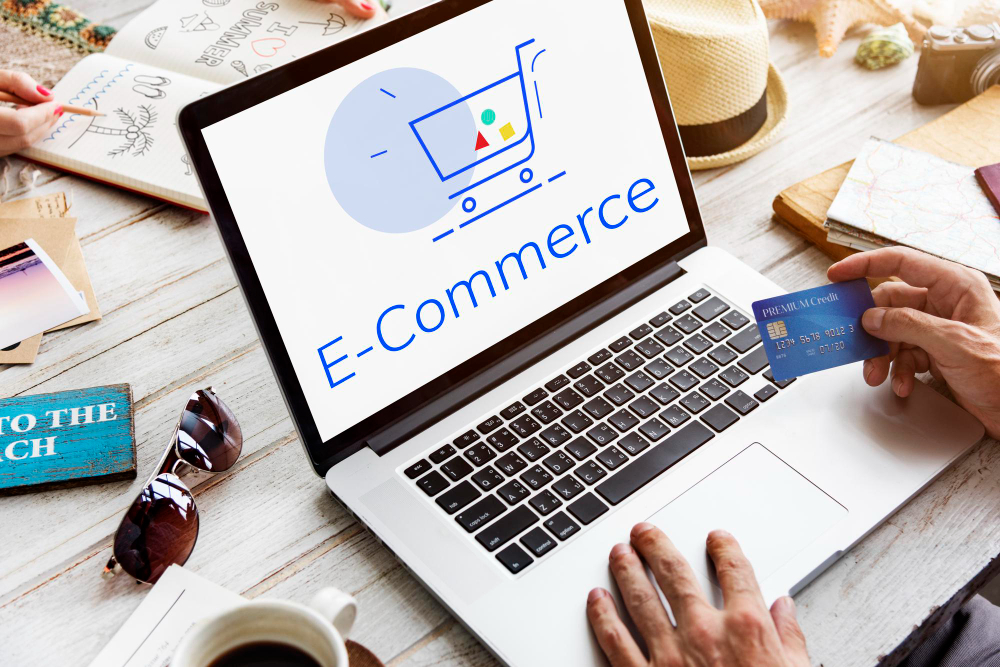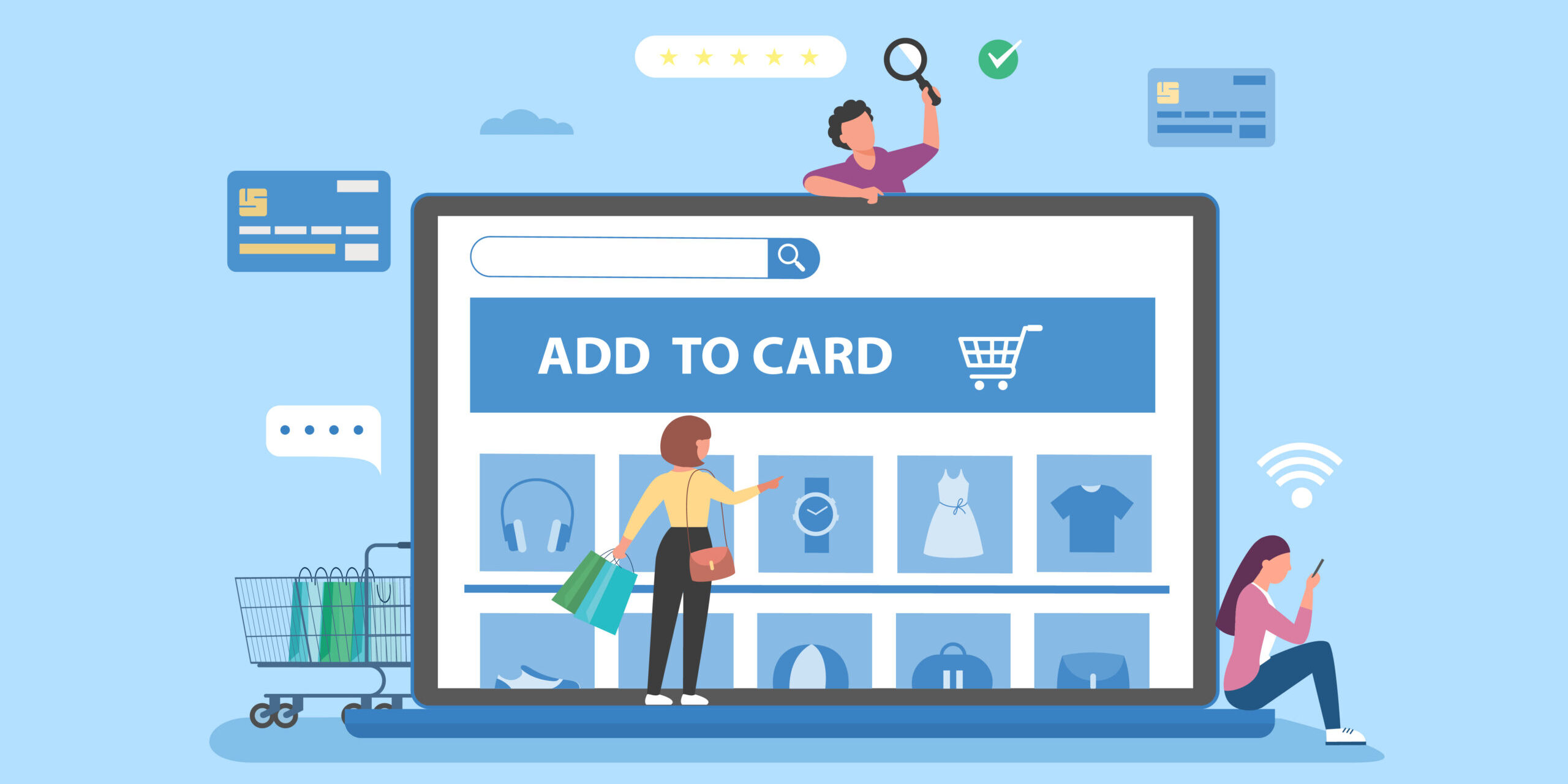Functional and non-functional requirements for an e-commerce platform
The extent and function of an online store determine the distinction between functional and non-functional needs.
The what of your website can be summed up in its functional needs (FRs). Your web shop’s features and methods that enable sales are most important. They are the backbone of the software development lifecycle and can be applied independently as a website feature.
Non-functional needs explain how your website works (NFRs). The system’s “quality traits” mold the user’s perception and propose wide, generalized product beliefs. The eCommerce website’s functional requirements may drive the online buying system’s non-functional requirements, which are implemented as web features.
Merchandise, for instance, should be prominently displayed and simple to locate on the website.
Your store’s user experience is appealing. To satisfy customers, employ only the most crucial non-functional factors if resources are limited. Considering your business’s goals, balance the e-commerce website’s functional and non-functional needs.
A development firm receives a website design paper with the project’s functional and non-functional requirements at the start.
The Essence of Your Website’s Functionality
Functional requirements for e-commerce platforms vary by business. Websites catering to the fashion industry typically let customers choose certain product characteristics (color, size, etc.). At the same time, those catering to travelers may need a robot to help them, and those catering to high-end products and jewels may require a magnifying function on their product description pages (PDP).
All e-commerce websites share a few universal groups of practical needs, and we’ve outlined them below.
FR 1: External Integrations
Choose external apps for your new site. Replatforming and wanting to keep your infrastructure? This requirement applies to client-facing payment platforms and internal systems like ERP, CRM, and PIM that simplify company processes. As your company grows, your e-commerce platform will be more ordered and flexible by reducing links.
FR 2: Adaptability to Smart Devices
It’s well-known that mobile-optimized web pages get more traffic. Mobile purchases have eclipsed PC transactions in the US, according to Statista. Thus, making your website mobile-friendly can bring in more than just a few extra funds, and please return clients.
Identify your audience’s technology. It would be best if you defined where the website’s most important icons and menus should be moved to enhance the buying experience (pro tip: set the payment button within your customer’s thumb’s reach, as most people peruse the internet with one hand from mobile devices). To avoid confusing coders, specify your mobile gadget requirements.
FR 3: Merchandise Features
Your PDP will detail various aspects of the product, and the development firm will need to be aware of these details in order to incorporate them. Will there be no other options besides height and hue for the consumer to make? Does a PDP have streaming capabilities? Some features of the merchandise may be listed as options in a pull-down menu (similar to the mega-menu). You should provide your coders with a summary of all the features your website needs for your products if at all feasible.
FR 4: Smooth Ordering and Payment Process
The system integrator’s functional specs should describe your online store’s order handling routine and improvement potential. Specify whether client orders require guest registration. Choose order changes (visible both to the customer and the store admin). Outline your company request dealing strategy. In summary, provide as many buying and payment details as feasible.
Here’s where you list your store’s coupon codes and other discounts. Whether they are handled at the registry or on the PDP, you must define a functional requirement.
FR 5: Social Sharing
E-commerce businesses need both web and social media profiles. Determine the social media platforms utilized by your target demographic. Customers can share your products, stories, and inspiring photos by putting an icon on your site.


















